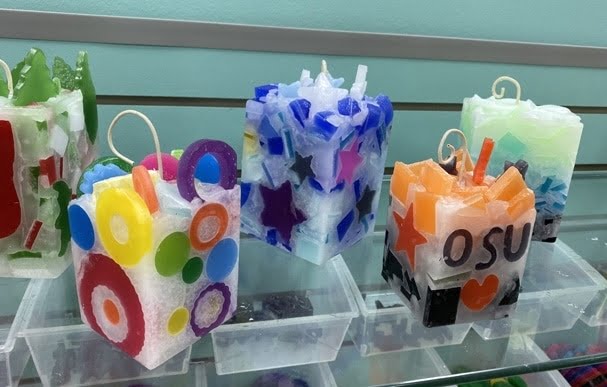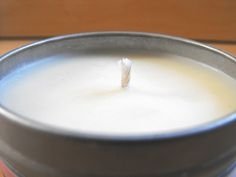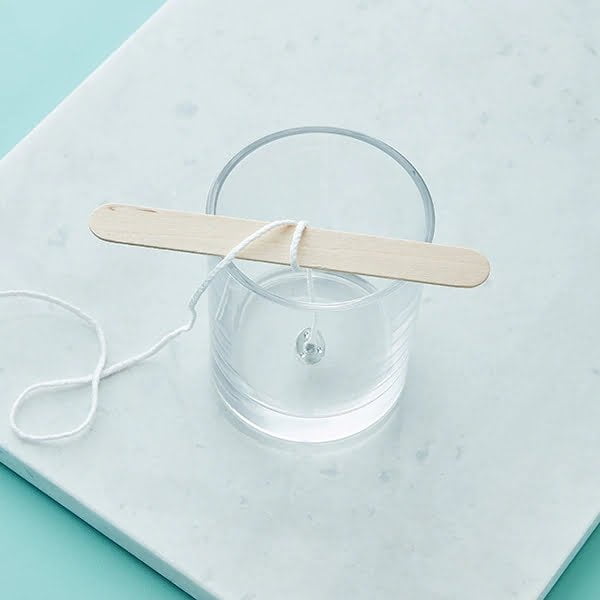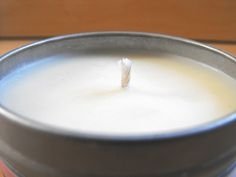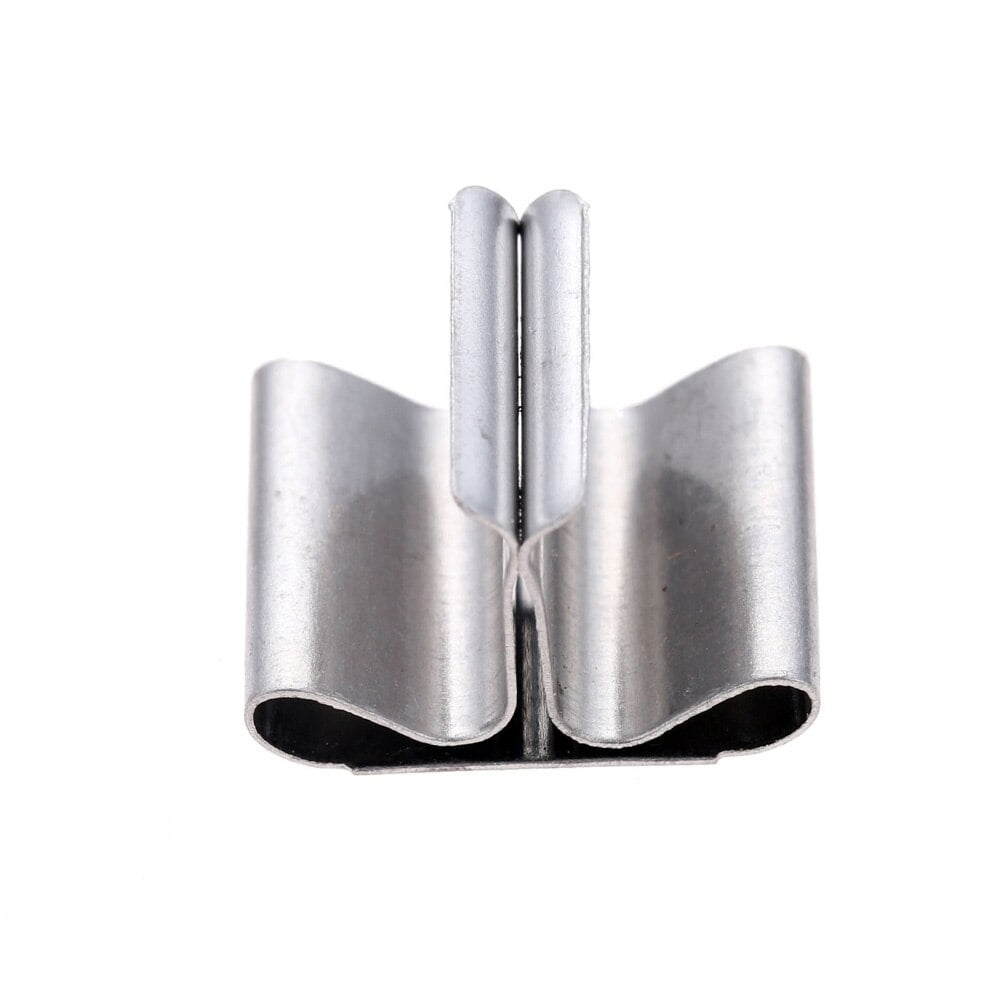Introduction
Candles have been used for centuries to light homes, create ambiance and ward off evil spirits. In fact, the earliest recorded evidence of candle making dates back to Ancient Egypt around 3000 B.C. Today, making candles has become a hobby for many people as it is an enjoyable and crafty activity that does not require expensive tools or materials.
The ingredients needed for candle making depend on the type of candle being made, however the basics remain the same regardless of what type. The main ingredients are wax, wicking material such as cotton or natural fiber like hemp and essential oils or fragrances (optional).
Different types of candles need different types of waxes such as paraffin wax, natural bee’s wax, soy wax and vegetable waxes like tallow (made from animal fat). A container also needs to be chosen depending on the desired shape of the candle – this could range from glasses, tins or ovals/rectangles. Lastly you need one or two wicks per candle plus any special ingredients like glitters or scents.
The final additional item necessary will be supplies such as pouring containers and a thermometer which can help you monitor temperatures when working with hot wax. You may also want a needle nose pliers when using metal wick bases to help attach them to your container before adding the melted wax itself. These items can all be found at most craft stores in either standard kits for beginners or individual items for more experienced crafters who know exactly what they need!
Types of Wax
Paraffin Wax: A highly popular wax used for candle making, paraffin wax is the most common type of wax utilized in the creation of candles. It is derived from petroleum and is often white or colorless. In addition, it has a relatively high melt point which helps candles retain their shape when burning. Paraffin wax also has inexpensive production costs, making it cost-effective when offering mass-produced items.
Soy Wax: Soy wax has become increasingly popular as a plant-based alternative to paraffin wax. The advantage of soy wax is that it burns cleaner than paraffin wax and releases fewer toxins into the air when burned. Soy candles also tend to burn slower meaning the scent lasts for a longer period of time. Additionally, soy wax is generally easier to clean up if spills occur.
Beeswax: Beeswax makes an ideal natural choice for candle making due to its naturally honey aroma and white color. It offers an organic option that doesn’t use any synthetic fragrances or dyes; plus due to its higher melting point beeswax candles tend to last longer than other types of candles. Furthermore, beeswax encourages clean burning and produces a bright flame with minimal smoke.
Gel Candles: Gel wax is another type of material commonly used in candle making. Translucent in nature, this type of material allows for decorative objects such as photos or dried flowers to be embedded within the gel adding additional visuals not found in traditional types of candle making materials. People often enjoy mixing gel with other types such as paraffin or soy resulting in both visual and functional benefits from blending multiple types of materials together during the candle crafting process.
Fragrance
Making your own candles is an enjoyable and therapeutic activity to get involved in. To make sure that your candle turning experience goes smoothly and that you have the right ingredients, here are some essentials you’ll need to get started:
– Wax: You’ll need wax to form the base of your candle. Depending on the type of wax used (e.g., paraffin, soy), different temperatures will be required for melting; usually around 115″130⁰Fahrenheit.
– Fragrance: Essential oils can be used as a fragrance, and also provide aromatherapy benefits when burned in your candles. Choose essential oils based on personal preference for scent but also any benefits associated with them (i.e., calming or energizing).
– Wicks: You’ll need wicks, typically made of cotton or hemp, to ensure a slow and clean burn of your candles. When selecting wick You can measure the size by taking into account both the diameter and length of your candle container as well as what type of wax is used since these will all determine which sized wick to select from.
– Dye chips or liquid dye: Candles don’t always have to be clear! If you want to introduce colour onto your candles use either liquid dyes or dye chips depending on the type of wax being used. Different types of waxes react differently with certain dyes so look up the information before adding it into your wax mix.
– Melt Containers: For safety reasons make sure you melt your wax inside either double boiler sets or melters! Doing this reduces the risks as regulated temperatures are not available at home with regular stoves and microwaves which can help prevent fires in addition too hot spots which could cause tunneling when burned later on!
Dyes
When it comes to candle making, one of the most important ingredients you need is a dye. A candle dye allows you to create the color scheme of your choice and can be added directly to wax or melted into a liquid form. There are several different types of dyes available, such as gel dyes, liquid dyes, crayon dyes, mica powder, and pigment powder. Each dye type has their own unique properties, so it’s best to consult a experienced candle maker for advice on which dye to use for your specific project.
As for how to mix colors effectively for different candle effects, there is no one-size-fits-all answer. Different scenarios will require different methods and measurements when mixing dyes together. Generally speaking however, creating a dark hue often requires more dye than lighter shades do. Additionally, some colors are easier to mix than others. For instance, red with yellow will make orange or burnt orange if you add more red than yellow; blue with yellow will generally produce green; and green with blue will usually yield cyan or turquoise. As far as actual measurements go, rates depend on the strength of the each individual dye used as well as personal preferences in terms of shade intensity and combinations. Lastly, some experimentation may be necessary while mixing colors since coloring candles can take some trial and error before achieving exactly what you want!
Wicks
Wicks play a critical role in the burning process of a candle. They provide the pathway for the heat of the flame to travel down into the wax pool, melting it and releasing the scent and heat of the candle. If you don’t have a wick, your candle will be unable to fully burn and you won’t get any scent or heat released. The most common type of wicks used for candles are cotton core wicks that have been coated with either zinc or tin. Lead-free wicks are also available which are becoming increasingly popular. You will need to make sure that when purchasing your wicks, you select one that is appropriate for your type of wax and container size in order to prevent any problems further down the line. Lastly, it is imperative that you remember to trim your wick regularly throughout its lifetime to avoid soot buildup and combustion issues.
Containers
Glass containers are a popular choice when it comes to candle making, as they provide a beautiful presentation. However, the burn time is usually shorter than other materials due to glass’s low heat absorption rate. Metal containers can maintain their shape and last longer than glass ones, but their large surface area often means more soot blackening the walls of the container. Clay containers come in various shapes, sizes and colors, with good hot and cold temperature retention. Though they tend to be heavier than other materials, clay containers won’t break if they fall and they have a long burn time compared to glass or metal vessels.
Additional Supplies
Candle Dye: Candle dye is used to add color to your candles. It can also help to create that perfectly blended hue for a specific type of candle you want.
Wicks With Sustainers: Wicks and sustainers are necessary for helping the flame of your candle stay lit and not just snuff out when lighting them up. They must be strong enough to burn with an even flame, suitable for the type of wax you are using.
Fragrance Oil: Adding fragrance oils can give your candles an amazing scent and make them more attractive for potential customers. Fragrance oil is designed specifically for use in both beeswax and soy wax candles and comes in many scents.
Pouring Pot/Double Boiler: A pouring pot or double boiler is a necessary item when melting and blending waxes or oils together when making a unique-looking candle. It enables the user to have complete control over the temperature of the materials being combined which affects the outcome of their finished product significantly.
Thermometer: And last but not least, a thermometer will come in handy when making unique candles, since it helps the user monitor temperatures accurately while they are working on their craft projects. Thermometers are critical to ensure that directions are followed properly leading to great results each time!
Safety Guidelines
Before starting your candle making project, be sure to have the necessary supplies and materials within easy reach. You will need: wax, wick, wick holders, thermometers, mold or container for the candle, coloring dye (optional), scented oil (optional), and double-boiler.
Once you have gathered all of the above materials it is important to take proper safety measures to avoid any accidents. Wear protective eyewear and gloves at all times while working with hot wax. Also make sure your work area is well ventilated before igniting a wick for testing.
When done creating your candles, proper clean-up and storage is essential. Keep your poured wax in tins or buckets until fully cooled and hardened. Discard old wicks in a sealed bag where they won’t be disturbed by children or pets; never leave them lying around as they can be hazardous when lit. Store unused wax in sealed containers away from direct sunlight and high temperatures as this can alter its texture and color. Do not forget to properly dispose of leftover dyes that are no longer required as these may contain chemicals that could harm the environment if left unchecked. Finally, keep all extra flammable objects away from burning candles at all times to avoid a potential fire hazard.
Conclusion
When making candles, it’s imperative to use the right ingredients in order to ensure the safety of yourself and any others who may be using the candle. When choosing “ingredients” for your candles, it is best to select quality products like 100% paraffin wax, cotton or paper wicking, and high quality fragrance oils. Proper usage of these components will result in a safe product that smells great and burns safely. In addition to providing a pleasant scent, fragrances can also add color if desired. It’s important to be aware of the risks associated with candle making and take all necessary precautions to ensure a successful experience. By properly using the right ingredients for candle making, you can create beautiful and safe candles that are perfect for any occasion!

Welcome to my candle making blog! In this blog, I will be sharing my tips and tricks for making candles. I will also be sharing some of my favorite recipes.

